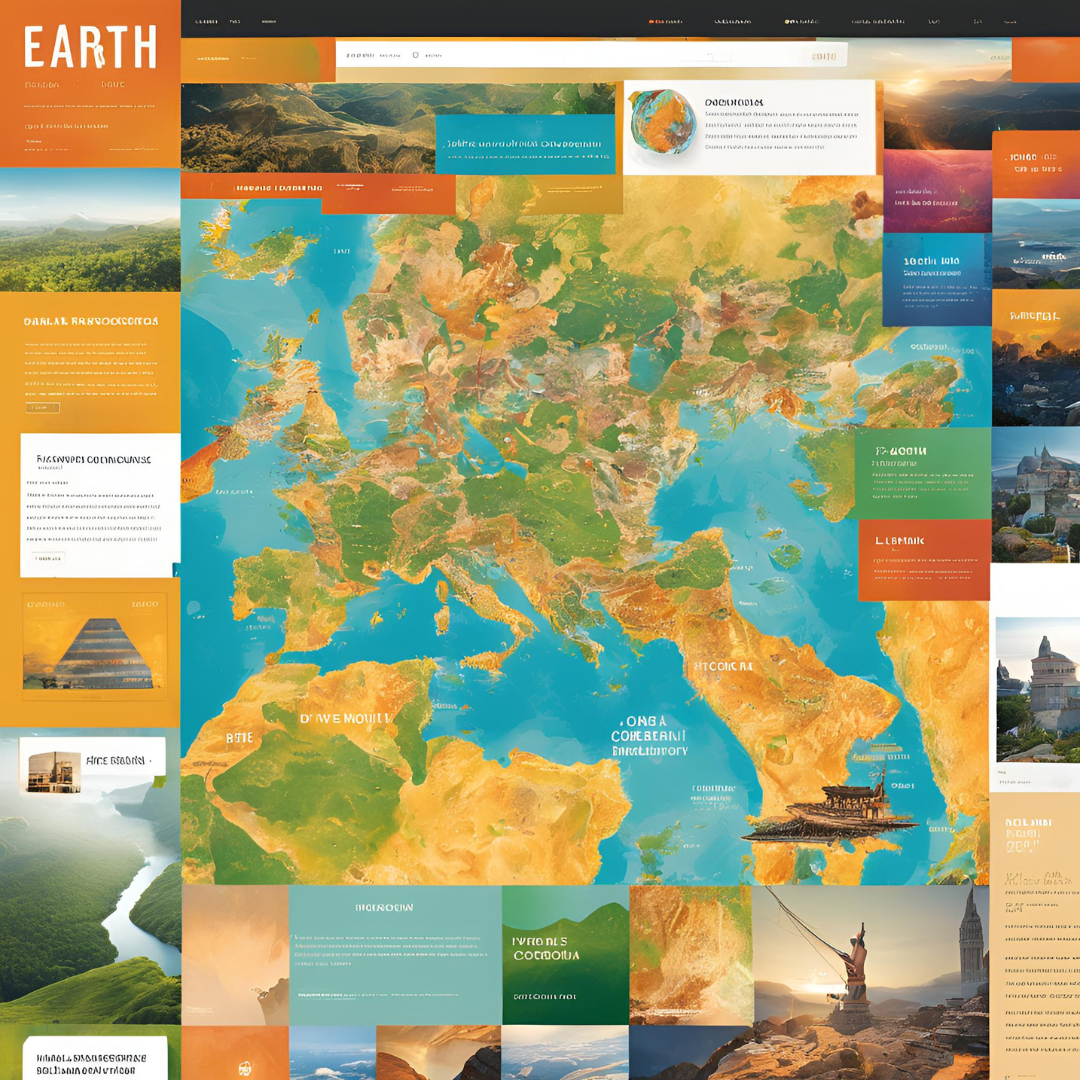Introduction
In the digital age, expanding into international markets has become a pivotal growth strategy for online businesses. To effectively engage with diverse audiences, it is essential for companies to develop multilingual websites. This ensures that language barriers are minimized, allowing for improved communication and connection with potential customers across the globe.
The Importance of Language and Localization
Language plays a crucial role in how people perceive and interact with websites. By translating and localizing website content, businesses can offer a more personalized and culturally relevant experience to users. Localization involves adapting web design elements and brand messages to fit the cultural context and preferences of each target market. This goes beyond mere translation, considering factors such as symbolism, color usage, and even the approach to navigation and interaction.
Expanding into Global Markets
When a business decides to enter new international markets, it is critical to fully understand the nuances of these markets. This entails in-depth research of local cultures, values, and consumer behavior. A multilingual website acts as a bridge, allowing businesses to effectively communicate their value propositions in a way that resonates with local audiences. By doing so, companies can foster trust and build stronger customer relationships.
Key Strategies for Developing a Multilingual Website
To succeed in international markets, businesses must be strategic in their approach to creating multilingual websites. Here are some essential strategies to consider:
- Research Audience Preferences: Understanding the language preferences and cultural norms of your target audience is necessary for crafting content and experiences that appeal to them.
- Choose the Right Translation Solutions: Utilize robust translation tools that provide accurate language conversion and allow for necessary customization to match the tone and style of your brand.
- Implement Technical SEO Best Practices: Use hreflang tags and ensure proper indexing for different language versions of your website to improve visibility in search engine results across regions.
- Localize Content Beyond Language: Customize content to align with local customs, traditions, and legal requirements to ensure relevance and compliance.
- Flexible Web Design: Opt for responsive designs that can visually adapt to the text expansion or contraction that comes with translating content to different languages.
Challenges and Solutions in Multilingual Website Development
Developing a multilingual website comes with its set of challenges. These include managing translations, maintaining consistency in brand messaging, and ensuring quality control across different language versions. To address these challenges, businesses can adopt several solutions:
- Centralized Translation Management: Use translation management systems (TMS) to streamline the translation process, ensuring consistency and quality.
- Regular Testing and Updates: Conduct regular audits and testing of multilingual websites to identify any issues or inaccuracies and make necessary updates promptly.
- Collaboration with Native Speakers: Engage native speakers for proofreading and quality assurance to ensure linguistic accuracy and cultural appropriateness.
- Automating Workflows: Implement automation tools for publishing and updating translated content to save time and resources.
The Role of Multilingual Marketing
Creating a multilingual website is just the first step in reaching a global audience. Businesses should adopt comprehensive multilingual marketing strategies that include creating social media content, email campaigns, and public relations efforts in multiple languages. This would ensure a cohesive and seamless experience for customers across different touchpoints, reinforcing the brand’s global presence.
Conclusion
The development of multilingual websites is not just a technical challenge but a strategic opportunity for businesses seeking to expand globally. By effectively catering to a diverse audience and overcoming language barriers, companies can enhance their market reach, build stronger relationships with customers, and position themselves as leaders in their respective industries.
In conclusion, businesses should invest in multilingual website development as part of a broader localization strategy that considers linguistic, cultural, and market-specific factors. This will enable them to unlock new growth opportunities and achieve success in international markets.
